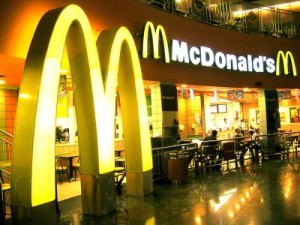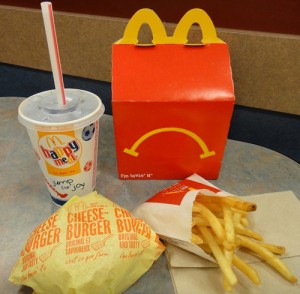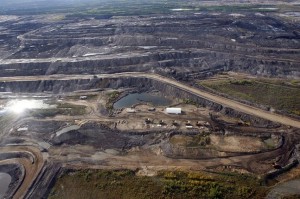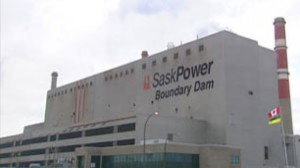I found Nezika Mulyadi’s blog post on Michael Kors’ declining popularity to be particularly interesting. In this insightful post, she explains how Michael Kors’ demand is decreasing with the rise of popularity in their bags. Taken directly from Nezika’s blog post – “The recent phenomenon experienced by Michael Kors is caused by too many people wearing the brand itself, making the brand less cool for the public eye, therefore decreasing demand.”
In my opinion, I believe that Michael Kors, as well as any other luxury bag brand, utilizes “exclusiveness” as their greatest asset when they evaluate what value they bring to their consumers. Their customers buy their high priced products for many reasons – one of them being that the customer expects to be one of the only people to own the unique product.
To counteract Michael Kors from being a commodity brand, I believe that Michael Kors should increase their prices. By doing so, they will limit their customer segment, making their products a rarity, affordable to only certain types of people. A negative effect of increasing prices however, is that an economic down fall will bring Michael Kors’ demand to an all time low. Because their bags and goods are considered to be “luxury items”, they have a high price elasticity, making their demand highly susceptible to price change. In the present, it is possible that they could reap the benefits of being an “exclusive” brand once again by increasing their prices. In the long run however, it is a possibility that they could heavily suffer from the consequences of raising their prices, as unexpected social and economic factors come into play.
Visit Nezika’s blog here.
All pictures are hyper linked.












